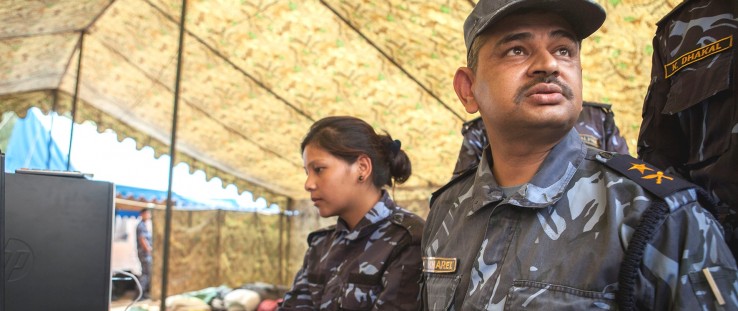 Deputy Superintendent of Police Samir Chandra Kharel and his search and rescue team quickly mobilized when the earthquake hit Nepal.
Kashish Das Shrestha for USAID
Deputy Superintendent of Police Samir Chandra Kharel and his search and rescue team quickly mobilized when the earthquake hit Nepal.
Kashish Das Shrestha for USAID
 Deputy Superintendent of Police Samir Chandra Kharel and his search and rescue team quickly mobilized when the earthquake hit Nepal.
Kashish Das Shrestha for USAID
Deputy Superintendent of Police Samir Chandra Kharel and his search and rescue team quickly mobilized when the earthquake hit Nepal.
Kashish Das Shrestha for USAID
As the clock ticked 11:56 on the morning of April 25, Hira Bharati believed the world was coming to an end.
She was attending a government-run training program on agriculture in Chautara, the headquarters of Sindhupalchowk district in northeastern Nepal, when the ground shook intensely. She first heard screams and then saw houses collapse in a cloud of dust. The entire town—perched on a hilltop, dotted with concrete and mud houses—was in ruins within a minute.
Four hours away, in the village of Kunchowk, Bharati’s house too had crumbled, killing her husband’s grandfather. Their animal shed also collapsed, killing eight of their goats. The devastating 7.8 magnitude earthquake that struck Nepal this spring killed nearly 9,000 people, injured more than 22,000 others and left nearly 3 million people in need of humanitarian assistance.
“We lost everything, but that doesn’t mean we stop living—we need to survive,” said Bharati, a young mother of two who has benefitted from USAID’s comprehensive, integrated nutrition program and is using her knowledge and skills to keep her family and community strong and healthy post-earthquake.
The program Suaahara (which means “good nutrition” in Nepali) reaches children under age 2 and lactating women—the so called “1,000-day households” referring to the critical 1,000 days between a woman’s pregnancy and a child’s second birthday—in 41 of Nepal’s 75 districts, including the earthquake zone, with key health and nutrition information applicable at the household level. Through mobile phone text messages, for example, families learn about safe childbirth, healthy timing and spacing of pregnancies, sanitary hand washing, how to build latrines and safely dispose of solid waste, planting household gardens, breeding chickens as a source of protein and rearing livestock as a source of income.
In the aftermath of the Himalayan nation’s worst natural disaster since the 1934 earthquake, amidst great loss and tragedy, Nepalis also displayed a high degree of resilience. Even before outside help began to arrive, communities used their local resources, knowledge and skills to cope with the catastrophe and start rebuilding their lives from the remains.
The threat of seismic activity is ever-present in Nepal. Located in the Himalayan mountain range, the country sits where the Eurasian and Indian tectonic plates collide, making it extremely vulnerable to earthquakes, floods and landslides. At the same time, Nepal struggles to overcome other significant challenges, including high malnutrition among children, acute food shortages and degraded natural resources—all of which are being exacerbated by climate change.
“USAID’s vision for resilience in Nepal is an integrated and inclusive approach to build capacities to manage a wide range of shocks and stresses in a way that protects and contributes to inclusive, sustainable growth,” said Beth Dunford, USAID’s mission director in Nepal. “Ultimately, we seek to build a democratic and prosperous Nepal that can bounce back from the shocks and stresses that we know will come.”
Preparation Proves Key
During the immediate aftermath of the 2015 earthquake, USAID’s long-running assistance in this area was evident—and likely helped survivors bounce back more quickly.
For more than 15 years, USAID’s Office of U.S. Foreign Disaster Assistance (OFDA) has supported training programs in Nepal that help hospital staffs and doctors plan and prepare for such emergencies. Teaching Hospital, one of Nepal’s largest public facilities, is a prime example where a disaster preparedness initiative produced dividends. The hospital’s furniture was fastened to the wall, its windows laminated and its U.S. Government-built blood bank iron-clad, making the entire building seismic-proof. This allowed the hospital to treat around 700 patients and perform more than 300 surgeries in under 24 hours following the earthquake.
“It doesn’t matter how many resources you have—if you don’t know how to use them, or if they become dysfunctional, they will never be enough,” said Dr. Pradeep Vaidya of Teaching Hospital.
In recent years, USAID has provided search and rescue training to more than 200 personnel from Nepal’s security forces, which helped equip Deputy Superintendent of Police Samir Chandra Kharel and his search and rescue team to quickly mobilize when the earthquake hit. In the most critical hours, they were able to save five lives. They dug into mounds of concrete rubble in the capital city of Kathmandu and in the surrounding villages, and followed the signals of sniffer dogs to find survivors as family members and passers-by nervously watched the situation unfold.
Back in Sindhupalchowk, for Bharati, the vegetable garden training and livestock support she received through the Suaahara nutrition program provided her with a vital lifeline to feed her family following the earthquake.
Normally a source of additional income for her family, the vegetable garden instead enabled her to be self-sufficient in providing nutritious meals for her two toddlers until help arrived. Her participation in USAID-supported health mothers’ groups had taught her the importance of a diverse diet and animal-source protein for her children’s nutrition. So when the earthquake struck, she used her savings to buy chicks and revive her chicken breeding operation.
She ensured that her family and neighbors stayed protected with simple sanitation and hygiene practices, like using solar water disinfection to purify drinking water and by prioritizing toilet repair since open defecation could spread disease.
Using the monthly health mothers’ group meetings platform where she first received nutritional counseling two years ago—including on the importance of breastfeeding and having a skilled birth attendant present during delivery—Bharati quickly stepped into a leadership role.
Within two months, she was able to grow and supply high-nutrient vegetables like sweet potatoes to more than 150 mothers from her village and surrounding areas. She also helped fellow mothers cope with the crisis by sharing her experience and tips on how to best care for each other and their children.
Resilience Beyond the Quake
People like Bharati are critical to helping Nepal stay on track to reach its development goals.
“Nepal has achieved one of the world’s fastest declines in the prevalence of stunting,” noted Dunford. “In 2001, 57 percent of Nepali children were stunted—the fourth highest rate in the world. By 2011, this was reduced to 41 percent. But this still means that over one-third of the population in Nepal is stunted. That means that one-third of the population is less productive, less able to reach their full potential, and less able to respond to shocks and stresses.
“If we are going to help people become more resilient, start the long road to recovery, and contribute to the goal of ending extreme poverty,” Dunford added, “we will need everyone to be able to achieve their full potential. And, thus, combatting malnutrition remains a big focus for us at USAID/Nepal.”
Not everyone in Nepal is as prepared as Bharati. But there are several efforts underway to get them there.
Many communities across Nepal have been coming together to minimize threats that could negatively impact the larger population. In Gorkha district’s Khalte Gangate area, about five hours northwest of Kathmandu, Sarita Aale clearly remembers the terrifying landslide in 2013 that swept away 4 hectares of land around her neighborhood. It destroyed her family’s paddy field and the earthen road that connected them to the highway.
USAID’s Hariyo Ban (green forests) project, which works under the U.S. Government’s Global Climate Change Initiative in Nepal, helps communities like Aale’s become “climate resilient.” This starts with understanding the link between ecological preservation and sustainable livelihoods. Since 2011, the program has enabled over 400,000 people to better manage their environment by conserving biodiversity, mitigating greenhouse gas emissions, adapting to a changing environment and sustainably managing their natural resources.
Aale is among the beneficiaries who now recognize the value of soil conservation and reforestation. Because their area is susceptible to landslides, the community collectively planted broom grass and brush layers to help stabilize slopes and prevent landslides.
“Two years ago, if our community had not come together to strengthen these hill slopes, I know that our homes would have been swept away too,” said Aale, who lives 200 meters from the project site. “We wouldn’t be here today.”
For her part, Bharati is helping to bridge the gap between government and citizens in disaster-affected areas. Thanks to her training on vegetable and poultry farming, the government selected her as a community liaison for agricultural development.
Even before the earthquake, she trained and motivated other women to take the lead in improving their livelihoods for their families’ long-term benefit. Post-earthquake, her leadership has proven even more invaluable. Bharati continues to inspire the other mothers, giving them the confidence to move forward and helping them access the skills and assistance they need to rebuild their lives.
“Whatever happened has happened,” she said during a monthly mothers’ group meeting. “We now need to work for the future, and I think we have all the skills to do that. We just need to keep going.”
Bibek Bhandari is a freelance journalist.
Promoting Greater Government Transparency
The international community, including USAID, has been a strong partner to Nepal as it progresses down a long road to recovery. But in a fragile democracy like Nepal, which continues to cope with the effects of a decade-long insurgency that ended in 2006, suspicions of the government’s ability to step up to the plate abound. Bureaucratic processes are delaying the rebuilding of homes, which will mean a harsh winter for thousands of people still living in temporary shelters. Though Nepal enacted its new constitution in September 2015, which many anticipated would herald a climate for stability, it has instead triggered fresh protests by ethnic minorities along the border with India who say it marginalizes them further and disrupted food and fuel imports, hampering the economy.
Against this backdrop, USAID has increased its efforts to expand communication and coordination between local government officials and community leaders on recovery spending—including by extending its local governance program, called Saajhedari, to the earthquake zone. The program promotes greater transparency and accountability from government and greater participation from community members to ensure dollars are spent effectively—both meeting the needs of today while strengthening the governance systems that will manage the disasters of tomorrow.







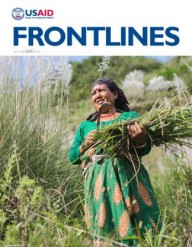

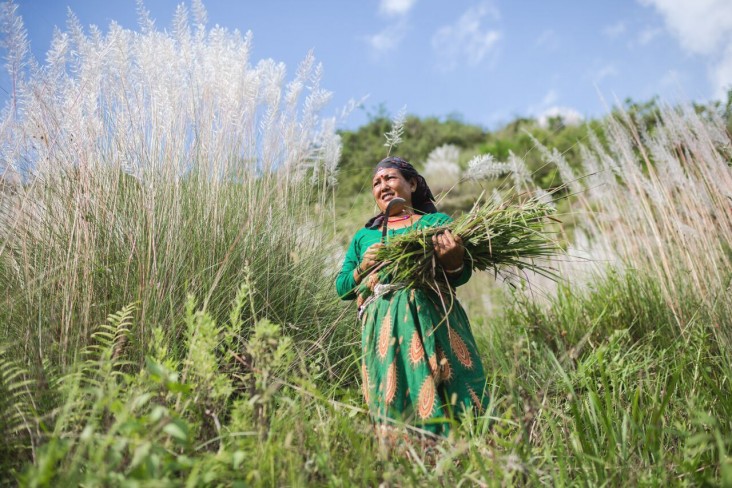
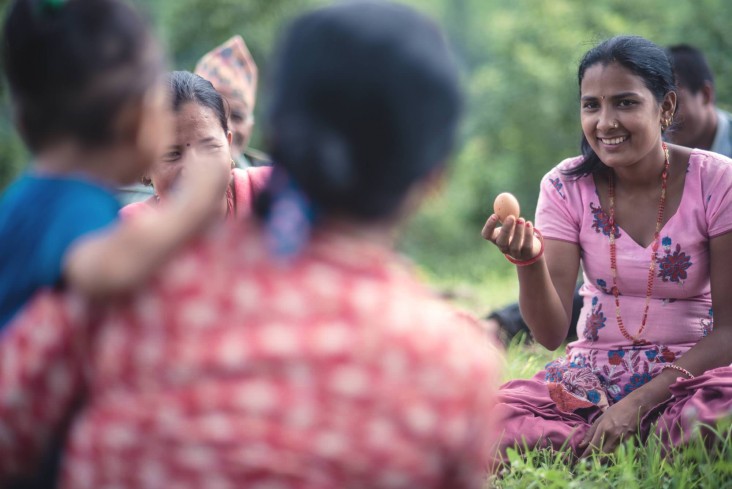
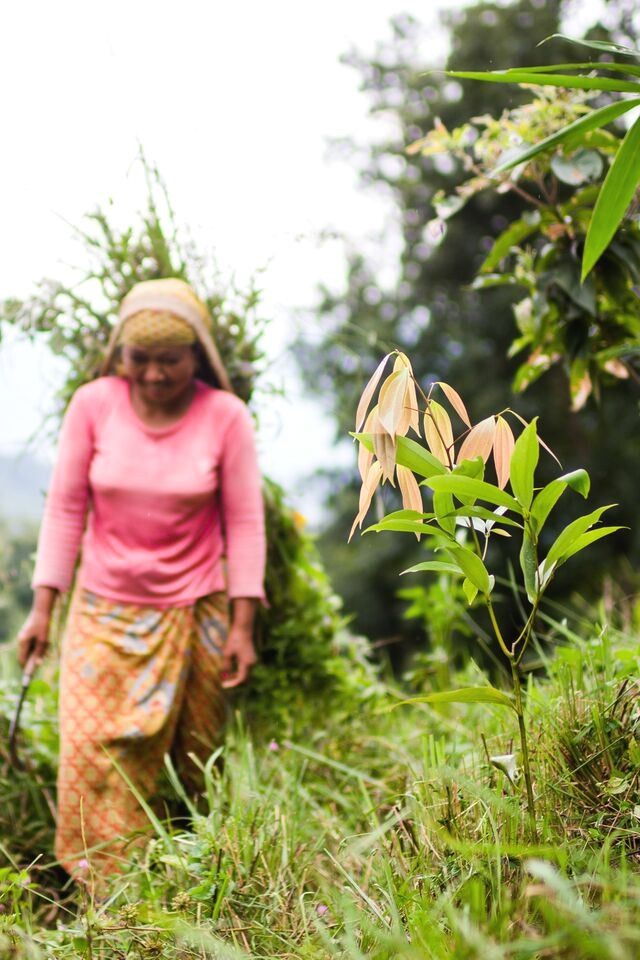

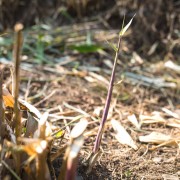
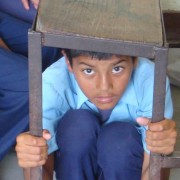
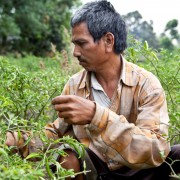
Comment
Make a general inquiry or suggest an improvement.